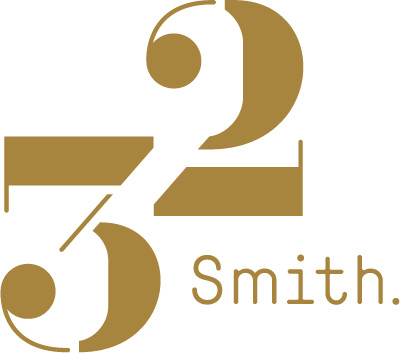Connections
The Burramattagal
The Parramatta River and the Burramattagal, a clan of the Darug who first settled along the river in this area, have a long and complex connection that has existed for thousands of years. The word Burramatta is believed to have been derived from the Aboriginal word for “head of the river” or “place where the eels lie down".
The Parramatta River, associated wetlands and its surrounds provided the Burramattagal with a transportation highway to conduct trade with neighbouring clans, a rich source of food, like fish or eel, as well as the plants and animals that flourished along its banks.
Parramatta was also a meeting place where traditional practices could be conducted, where stories from the Dreaming were told and interwoven into the vibrant daily life of this ancient culture.

Language
The Darug language is a living language that is commonly referred to as the Sydney language group. It is the traditional language of the Darug, and therefore, of the Burramattagal. Below are some Darug words for you to learn.
Badu - water Baludarri – leatherjacket, fish Burra – eel Budyari mullinawul – good morning Dingu - Dingo Djubi – sugar glider | Gadial – smoke Gili – flame, light Gulgadya - grasstree Nura – country, place Nuwi – canoe Warami - hello Yanada - moon |
Changing Landscapes
Parramatta, founded in 1788, is the second oldest settlement in Australia with early settlers attracted by the fertile soil and vast open agricultural lands. Originally it was known as Rose Hill, in honour of George Rose, Secretary to the British Treasury. The Darug people knew the area as Baramada or Burramatta. In 1791 Governor Arthur Phillip renamed it Parramatta.
Parramatta was founded to help supply food to the new colony. Its location, at the furthest point along the Parramatta River where it became freshwater, which made it useful for farming, was both strategic and planned. Parramatta’s oldest formed street, George Street, was laid out to lead from the wharf to Government House and was originally lined with small, vernacular convict huts. Other streets, Macquarie and Church, soon followed and additional buildings were erected to service the growing colonial settlement, which included store buildings, a granary, and military barracks.
The landscape was also irrevocably altered in the name of progress. Trees were felled, land was cleared, and the wetlands and river frontage were taken over by the new colonists, displacing the traditional people from their lands and their food source and natural resources.
The Frontier WarsPemulwuy features significantly in the history of the area and was a major figure in the ‘Battle of Parramatta’. In 1792 Pemulwuy led a series of raids in which huts were burnt, crops were stolen, and colonial travellers were targeted for attack. These raids were conducted to try and stop the spread of large farming settlements within the traditional lands of the Bidjigal. The Bidjigal were trying to survive. The ‘Battle of Parramatta’ involved about 100 Aboriginal warriors who marched on the colonial settlement of Parramatta threatening to kill anyone who stood in their way. Soldiers retaliated with gunfire and at least five of the warriors were killed and many were injured, including Pemulwuy. Pemulwuy, however, escaped surviving this confrontation. This was not the end of the conflict and many more confrontations occurred, with many injustices inflicted not only against the Bidjigal, but all Traditional Custodians. Inspiringly today, Parramatta continues to be a place of connections. Connections between people, place, history and cultural values. It is a place with a rich and shared history – past, present and as we travel into the future. |

